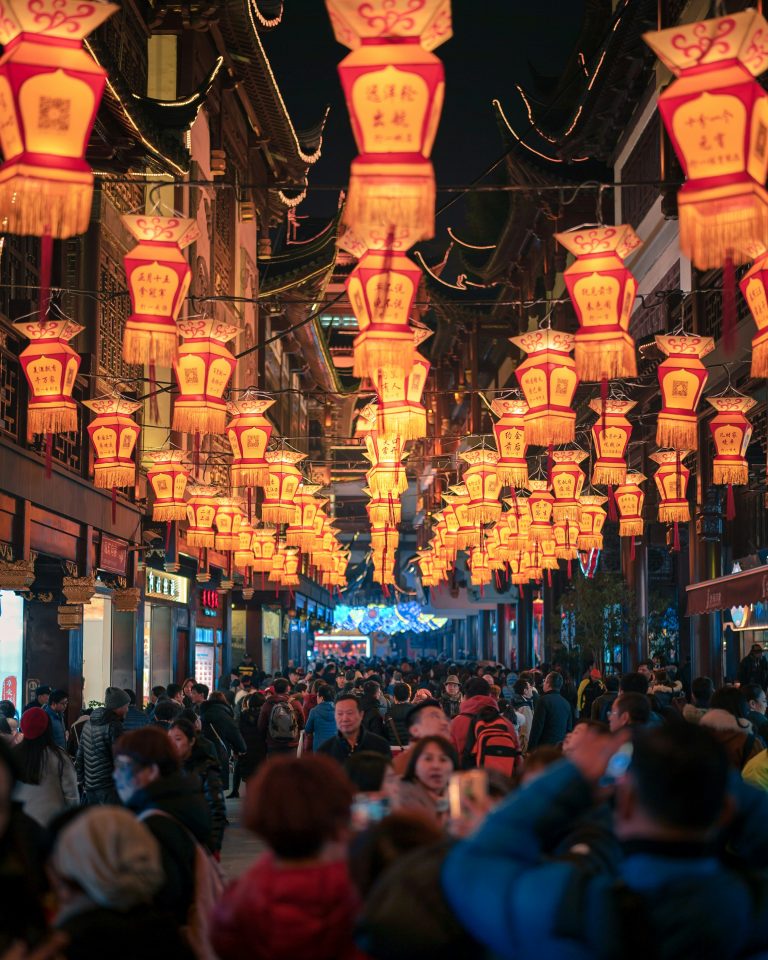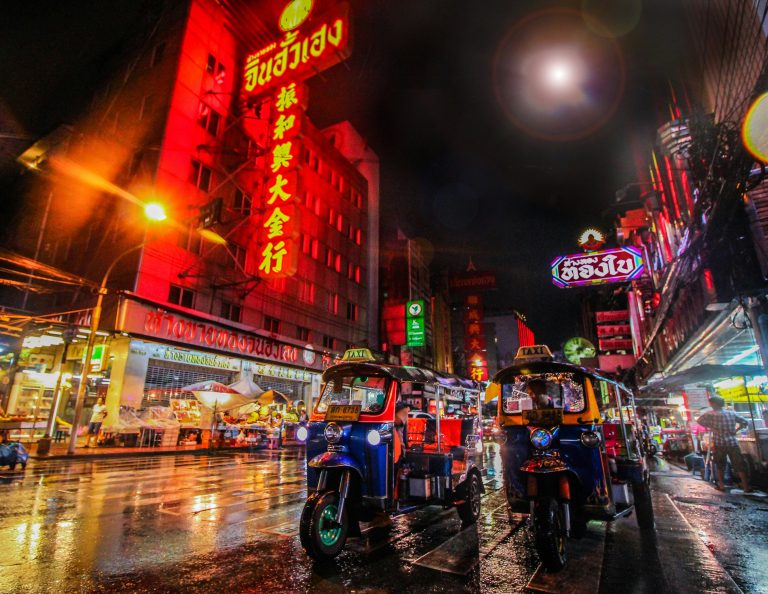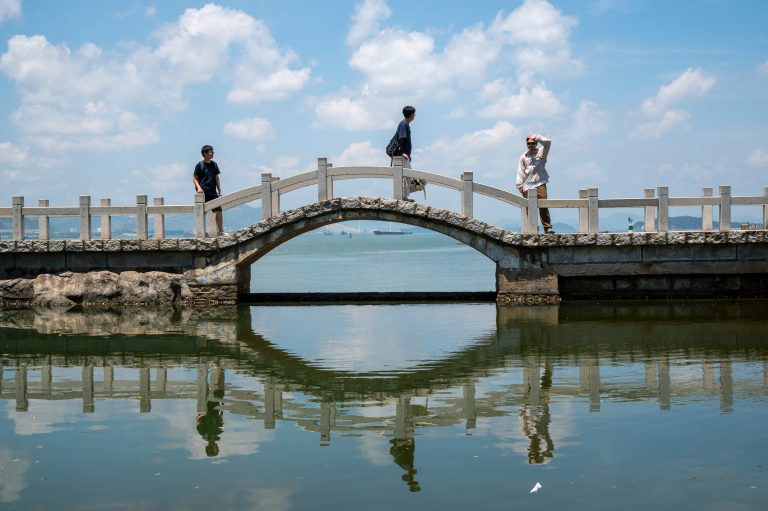The following was written by a Scottish-American pastor who recently attended a large conference for Chinese house church pastors and leaders.
Indulge me and try this experiment. Pull up the lyrics to “In Christ Alone,” “Great is Thy Faithfulness,” or “A Mighty Fortress Is Our God.” Read them. How do they impact you and minister to you? How and where do they touch your soul? Don’t overthink it. Just go with your default answer and make note of it.
I was recently at a conference with 3,500 Chinese and Asian pastors and Christian leaders. As has periodically and regularly happened since the resurrection, the global center of Christianity has once again shifted. (It shifted from my home in Scotland and Europe, and now it has shifted from North America to the East and Asia.) I don’t know when that happened statistically, but it wasn’t too long ago. I don’t know why the Holy Spirit has moved on, but I think the Asian, and especially the Chinese house church has a role and a voice to speak to us in the USA about biblical Christianity.
During the conference’s times of morning and evening worship, we sang hymns and songs that I am very familiar with – our songs, written in the West. They sang our songs in Chinese and I sang along in English. As we sang the classic (and some of the good contemporary) hymns of the Faith, a few things struck me in a new, powerful, and disruptive way.
1) North American Christians (or at least me as one) primarily understand the struggles and sufferings these hymns reference as referring to our internal psychological and relational pains, i.e., the spheres of the therapeutic and of personal relationships, i.e., our hyper-individualistic realms.
Maybe “Moralistic Therapeutic Deism” is closer to my belief than I thought. Our primary reference for “suffering” is that my kids give me attitude (they don’t realize or appreciate that I’m a way better parent to them than my parents were to me and that is NOT FAIR), my spouse doesn’t adore me, and this world doesn’t affirm or reward me like I feel it should.
My struggle with loneliness and disappointment isn’t imagined. It is real. I do struggle. But . . .
2) The authors of “A Mighty Fortress Is Out God” and “Great Is Thy Faithfulness,” and the saints who have sung them for centuries, had an additional category of suffering beyond the inter-personal and intra-personal realms that you and I default to in our interpretations of these songs. That category of suffering was persecution. It infused the prayers that they offered to God as they passionately and desperately sang these songs.
Go back through the lyrics of such songs and consider what the words mean to a Chinese Christian or pastor:
-
When they stand face-to-face with a state security policeman in their worship service, who is watching them, right next to the bread and wine, as they come forward to take the Lord’s Supper.
-
When the state security police are standing right there video recording their worship service and the sermon.
-
When they have had a knock on their door and have been interrogated for a couple hours by the police about their church and why they go to this church.
-
When their pastor has been imprisoned for nine years.
These songs, our songs, they become very different songs then, right? Can I even call them mine now?
What percentage of Christians in our churches (including me) have had to cling to Christ amidst suffering actual rejection or scorn or loss for actually sharing the gospel with a real person or inviting a non-Christian to church? (Not including a church going friend who might be in the market for a better church.) How much of our “suffering for the gospel” is simply imagined and hypothetical, i.e., “If I said something or invited that person to church, I would probably be looked at weirdly or made fun of?”
In the USA, serious/conservative/true (we need a new word) Christians skip church on average two or three times a month. For what? Our kid’s sports, personal travel, etc. We skip church two or three times a month thinking that we can use that time better in the noble pursuit of being “great parents” or of “self-care.”
In China, Christians keep going to church every Sunday even though they might be arrested. If they skip, it’s because they have been locked out of their illegal church worship space and haven’t found a new place yet. Even then, they worship together in smaller groups and together watch a livestream of their pastor’s sermon.
It pains me deeply – as it does many others – that “evangelicals” in the USA are hated because of how “evangelicals” (whoever they actually are) have been identified by the media at large with particular politics and politicians. We have a bazillion blogs written about this problem. But who, in the USA, hates “evangelicals” because they love Jesus, live contrary to the treasures and values of the world, and keep inviting me to their dang church?
When we sing and declare that we are and will “take a stand in Christ,” what exactly are we standing for or against?
What death am I fearing?
What power of hell or scheme of man will I actually face this week?
Why do I need the power of Christ this week?
Or, let me ask it this way: who actually needs the power of Christ this week? Which Christians are actually pleading and begging for the power of Christ so they can stand up for Jesus this week?
Perhaps the geographic center of Christianity shifted away from us because the geographic center of those who are praying, desperately, for Christ’s power has shifted.
































